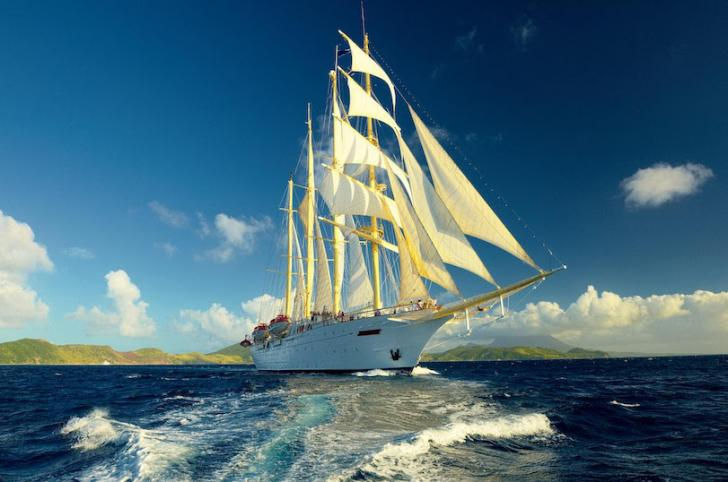Exciting adventure in Mahali Mzuri Luxury Safari Camp
- Jun 7, 2021
- 2 min read

African Safari is one of the most popular destinations among our clients and one of the best places to stay is Mahali Mzuri.
Mahali Mzuri is Sir Richard Branson’s 12-tented luxury safari camp in the Kenyan Bush. At Mahali Mzuri you’ll have a front row seat, not just to the migration, but also to the abundant game you can see all year round. The camp is situated in the private Olare Motorogi Conservancy in the wider Maasai Mara ecosystem.

Game Drives
The abundant animal life in the Olare Motorogi Conservancy is quite simply jaw-dropping, and you won’t need to go far to see some unforgettable sights. All the drama that only nature can provide is on your doorstop and you’ll be in the hands of our experienced Field Guides with a front row seat on your safari tour.
A number of lion pride territories meet in the Olare Motorogi Conservancy which can make for some interesting encounters as the different groups battle for dominance.
The area is also home to roughly 150,000 Loita wildebeest that don’t make the annual migration south and seem content to 'loiter' all year round! Of course one of the biggest draws to the area is the annual 'Great Migration', which sees up to one million wildebeest plus hundreds of thousands of zebra, gazelles and other game undertake a journey of roughly 1,600km through Tanzania and Kenya.
During our twice daily game drives, you will be in the capable hands of our experienced Guides. As no two drives are ever the same, you will have a front row seat to some unforgettable sights across the Kenyan Plains.

The Migration
Known as one of the seven 'new' wonders of the world, the annual Great Migration, or Great Wildebeest Migration to be more accurate, is truly breath-taking. The migration is in fact a sort of circle, with anywhere up to 2 million animals, mostly wildebeest, moving en masse in a never-ending search for food and water.
The wildebeest and accompanying zebra, gazelle, eland and topi make up the bulk of the migration, but they aren't the only players. Lions, hyenas, leopards and other predators take full advantage of the passing buffet and exploit every opportunity in search of a decent meal! Some of the highlights are being immersed in the mass of wildlife - a truly intimate experience amidst this astonishing natural spectacle.
This is a key time for wildebeests to breed, and incredibly, a newly born wildebeest will be on its feet and walking around within 3 minutes, running with the herd within 5 minutes, and able to outrun a predator shortly thereafter! The best time to view the migration will depend on the climatic conditions that year, but in the Olare Motorogi Conservancy you can expect to see the herds arrive anytime from July to September, departing around November for the return journey to the Serengeti in Tanzania.





Comments